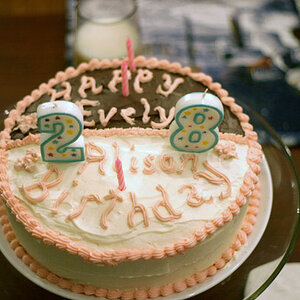jcdeboever
Been spending a lot of time on here!
- Joined
- Sep 5, 2015
- Messages
- 19,868
- Reaction score
- 16,081
- Location
- Michigan
- Can others edit my Photos
- Photos OK to edit
Experimenting with B & W portrait. Might as well use the Nikon F but trying it digital. Looking for improvement tips in general. Really disappointed that the pupils are huge using the monolight. Can't figure out how to get around that in the future. I noticed that a lot of European photographers have their subjects pupils big for some reason. I don't care for it, it really bugs me. I played around with this for a while and everytime I tried to bring in better tonal range, I was unhappy with the results, kept coming back to this.
D7200, 35mm1.8, f/5.6, 1/125s, ISO100, AF-S, Center Weighted metering, WB Auto1,

D7200, 35mm1.8, f/5.6, 1/125s, ISO100, AF-S, Center Weighted metering, WB Auto1,



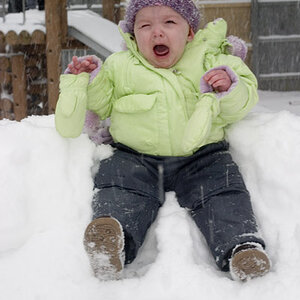

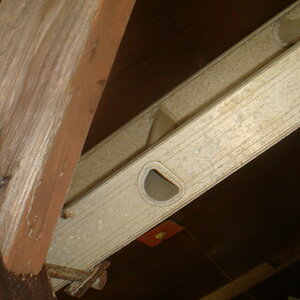
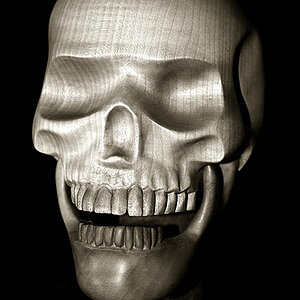
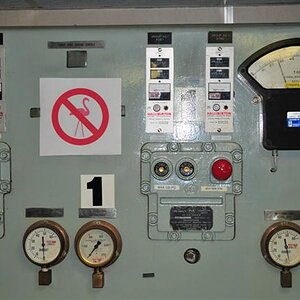
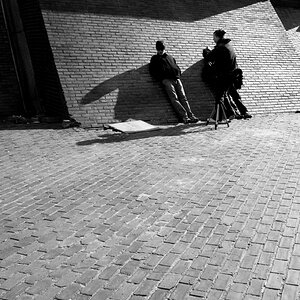

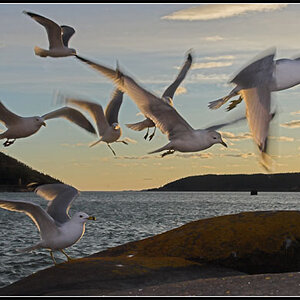
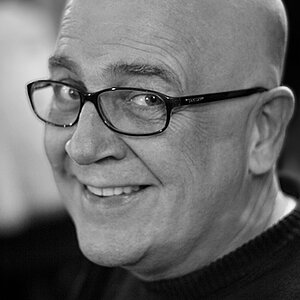
![[No title]](/data/xfmg/thumbnail/36/36301-27972c0474532c2ef657014362950733.jpg?1619737495)
